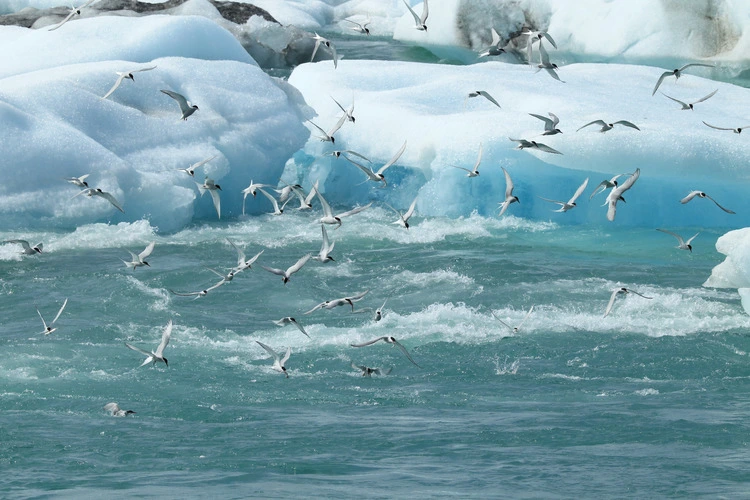
From birds travelling non-stop for 11 days, to the incredible feats of caribou, discover some of the longest migrations animals make…
By
Every year, hundreds of thousands of animals migrate across the world. From those in search of breeding grounds, to finding more adequate food sources, countless species travel across land, sea and air instinctively in a phenomena that has fascinated scientists for years.
Enjoying this article? Check out our related reads:
But which animals take on the most arduous and longest migrations in the world – and why exactly do they travel so far?
1) Arctic tern
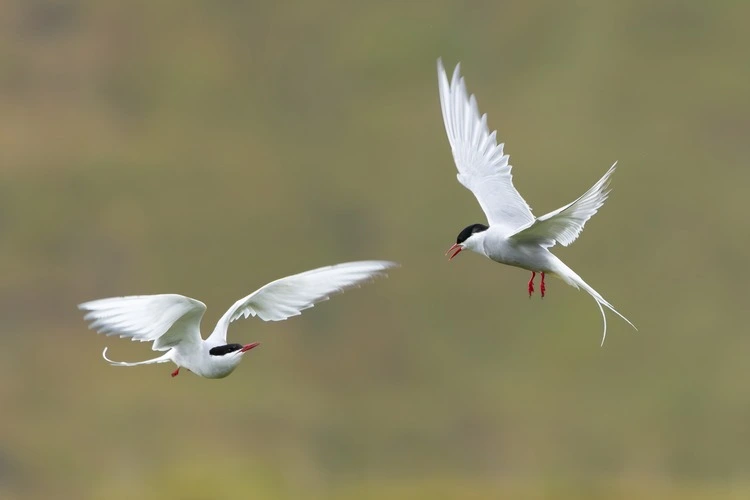
Despite its tiny size – weighing less than 100 grams – the Arctic tern’s migration is the largest out of any animal on Earth, travelling between 70,000 and 95,000 kilometres per year. These birds breed in the Arctic and the UK during summer, then travel to the Antarctic for winter months.
The oldest Arctic tern ever recorded was at least 34 years old, meaning it had travelled at least 2.9 million kilometres during its migrations, equivalent to almost four return journeys to the moon.
The Arctic tern is well-adapted to take on these arduous journeys, with long and thin wings to enable it to drift and glide between currents of air, helping it to conserve energy.
2) Bar-tailed Godwit

The bar-tailed Godwit breeds in Arctic Scandinavia and Siberia, migrating to the UK either for the whole winter or en-route as it travels further south.
One bird was found to have travelled more than 13,500 kilometres from Alaska to Tasmania in just 11 days, the longest non-stop journey ever-recorded for a landbird.
While bar-tailed Godwits are in flight, they sleep with one eye open and switch half of their brain off at a time, allowing them to continue their journey uninterrupted over a stretch of days.
Over the course of its life, a bar-tailed Godwit will fly more than 460,000 kilometres.
3) Caribou

Recent scientific studies have proven caribou have the longest terrestrial migrations on Earth, making round trips exceeding 1,200 kilometres (745 miles), equivalent to walking between Washington DC and Los Angeles.
Their movements across such vast distances are likely triggered by weather conditions such as snowfall or cold spells. Once migration begins, caribou can travel up to 80 kilometres per day.
4) Chinook salmon
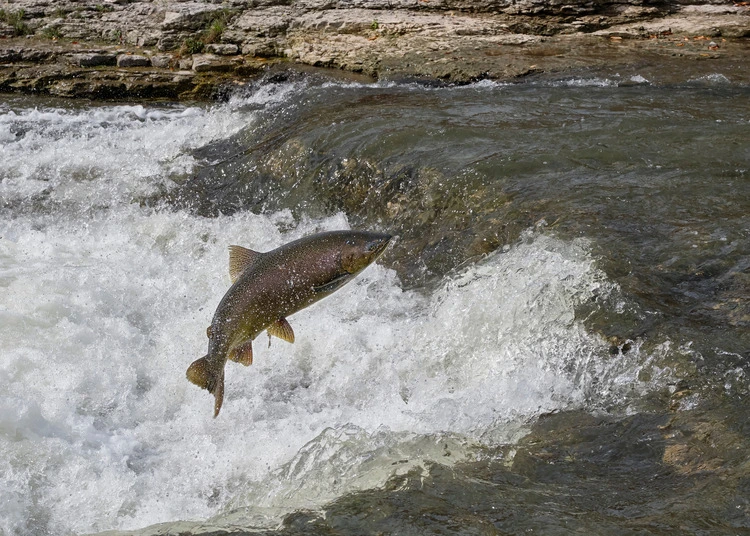
Chinook salmon, found in temperate to sub-polar latitudes of the north Pacific Ocean, have a fascinating migratory route. Once an adult chinook salmon reaches maturity – usually between the ages of three to seven – it journeys back to where it was born to produce young over distances that can be hundreds of kilometres in length.
Due to the energy-intensive process involved in returning to its birth site, as well as breeding and protecting the eggs, chinook salmon die before their eggs even hatch. When the eggs hatch, the cycle begins again, with these salmon then travelling into the ocean and returning to their birthing grounds years later.
5) Monarch butterfly

Each autumn, millions of monarch butterflies migrate distances as great as 4,800 kilometres from North America to Mexico for winter, where they head to forests and a specific type of tree: the Oyamel fir.
There, they gather in huge swathes – tens of thousands can be on a single tree – and become semi-dormant, spending the winter months in Mexico relying on their conserved energy for survival.
Researchers continue to pinpoint exactly what encourages the monarch butterfly to begin its migration; some point towards shifts in magnetic fields on Earth, while others debate the role of the sun’s position as another cause.
When spring arrives, monarch butterflies return back to North America, and are currently the only butterfly known to make this two-way migration.
6) Humpback whale
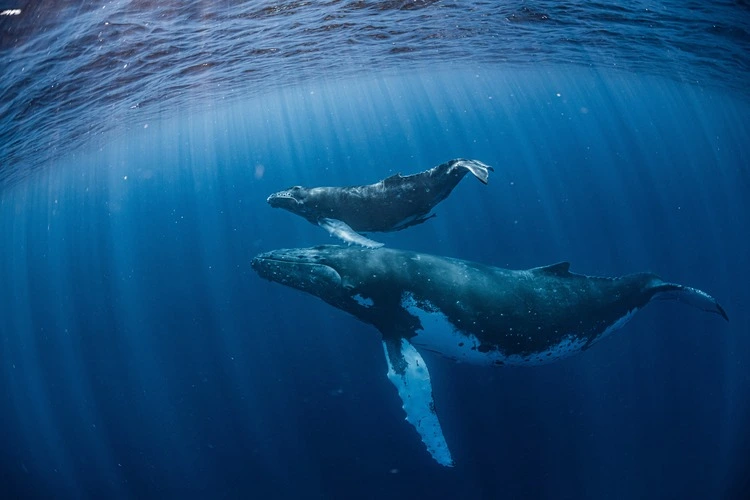
These huge cetaceans have one of the longest migrations of any animal on Earth, journeying more than 8,000 kilometres (4,970 miles) each way between cold-nutrient waters in summer and warmer waters in winter where they raise their calves.
In 2024, a male humpback whale made headlines after scientists recorded it making one of the longest-ever migrations known in the species, travelling from the Pacific Ocean off Colombia to Zanzibar in the Indian Ocean in a journey of at least 13,000 kilometres.
7) Plains zebra
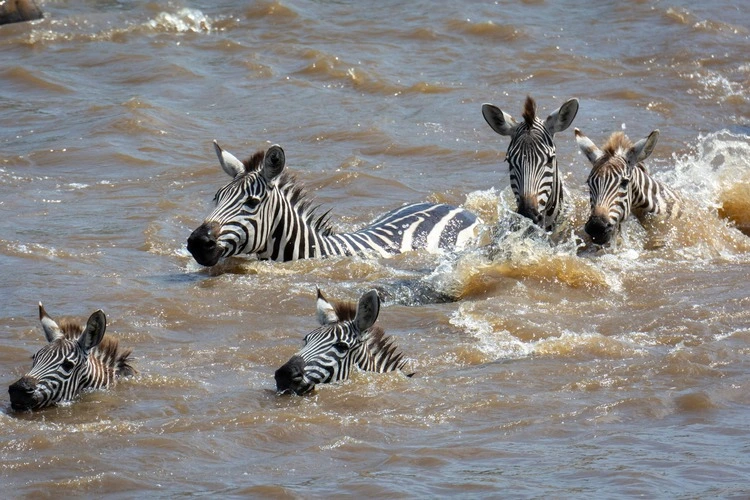
In the span of just two weeks, plains zebra can travel more than 240km in Africa’s longest land migration. Beginning in early December, thousands of the species leave Namibia – during its dry season, where grazing land becomes scarce – and head south to Botswana to search for better grazing opportunities.
In the process, family groups combine with others to form large herds. Each year, these zebra often take the same migratory route, crossing rivers at almost the exact same place as the year prior.
8) Leatherback turtle

Leatherback turtles take the lead for having the longest migration between breeding and feeding areas out of any sea turtle. Some leatherbacks can cover distances of 5,900 kilometres each way.
Those in the Atlantic travel from Caribbean beaches to Canada, while the journey for leatherback turtles in the Pacific follows a route from Southeast Asia to California and then into Alaska’s waters.
One reason to explain how leatherbacks know when to migrate is a pink spot on the top of their heads, above their brain. Some scientists think this allows light to reach a part of the brain known as the pineal gland, a process that combined with changes in temperature can tell a leatherback turtle that day length is changing, a key indicator of when to migrate.




